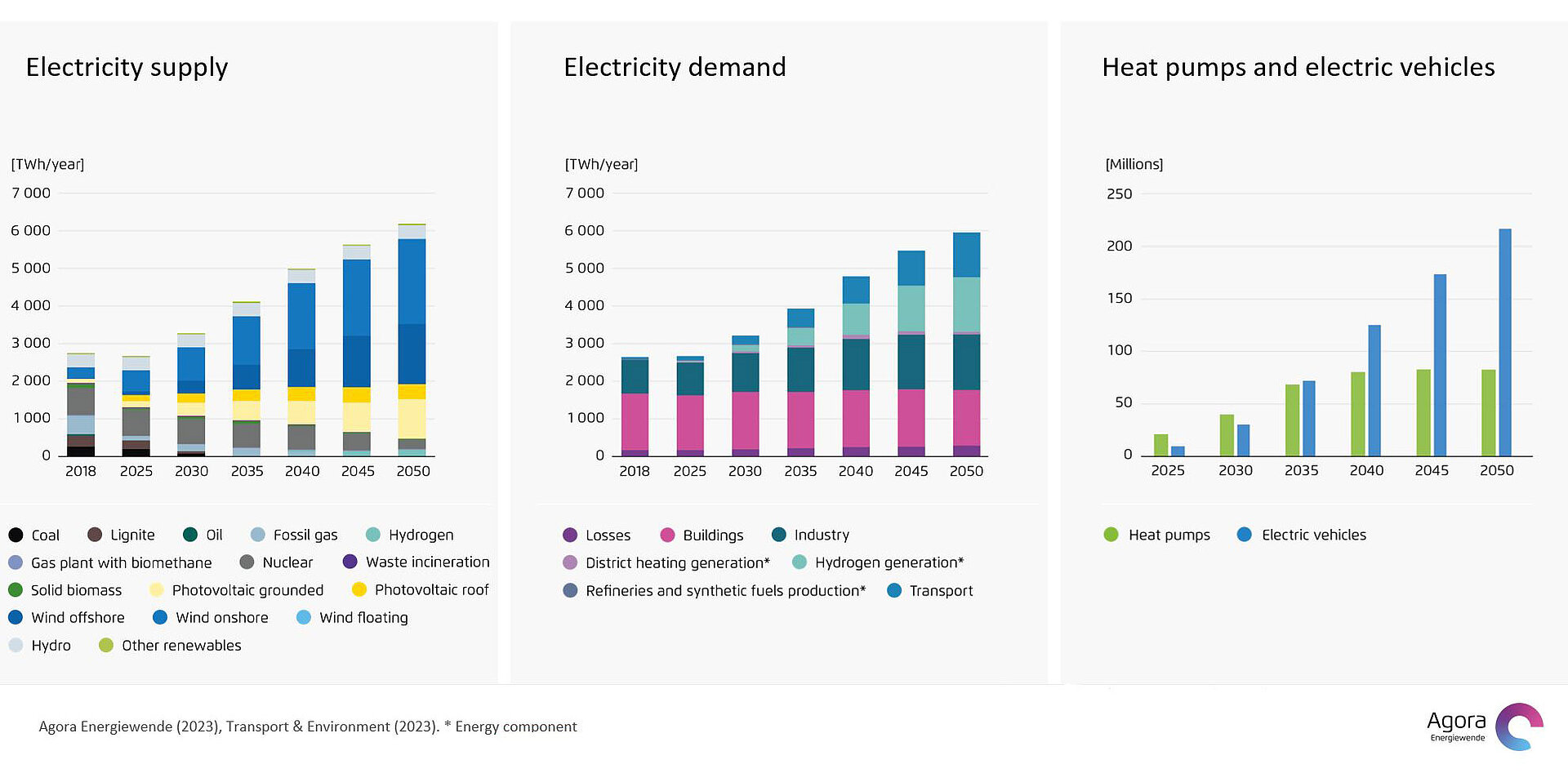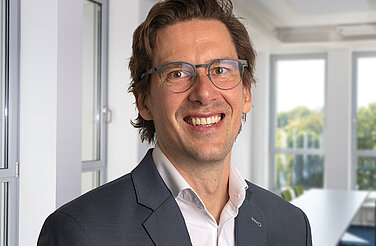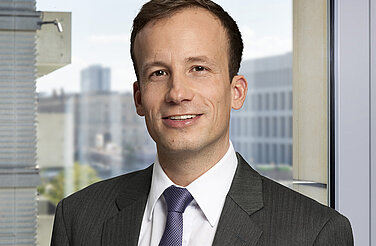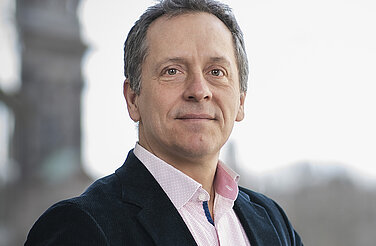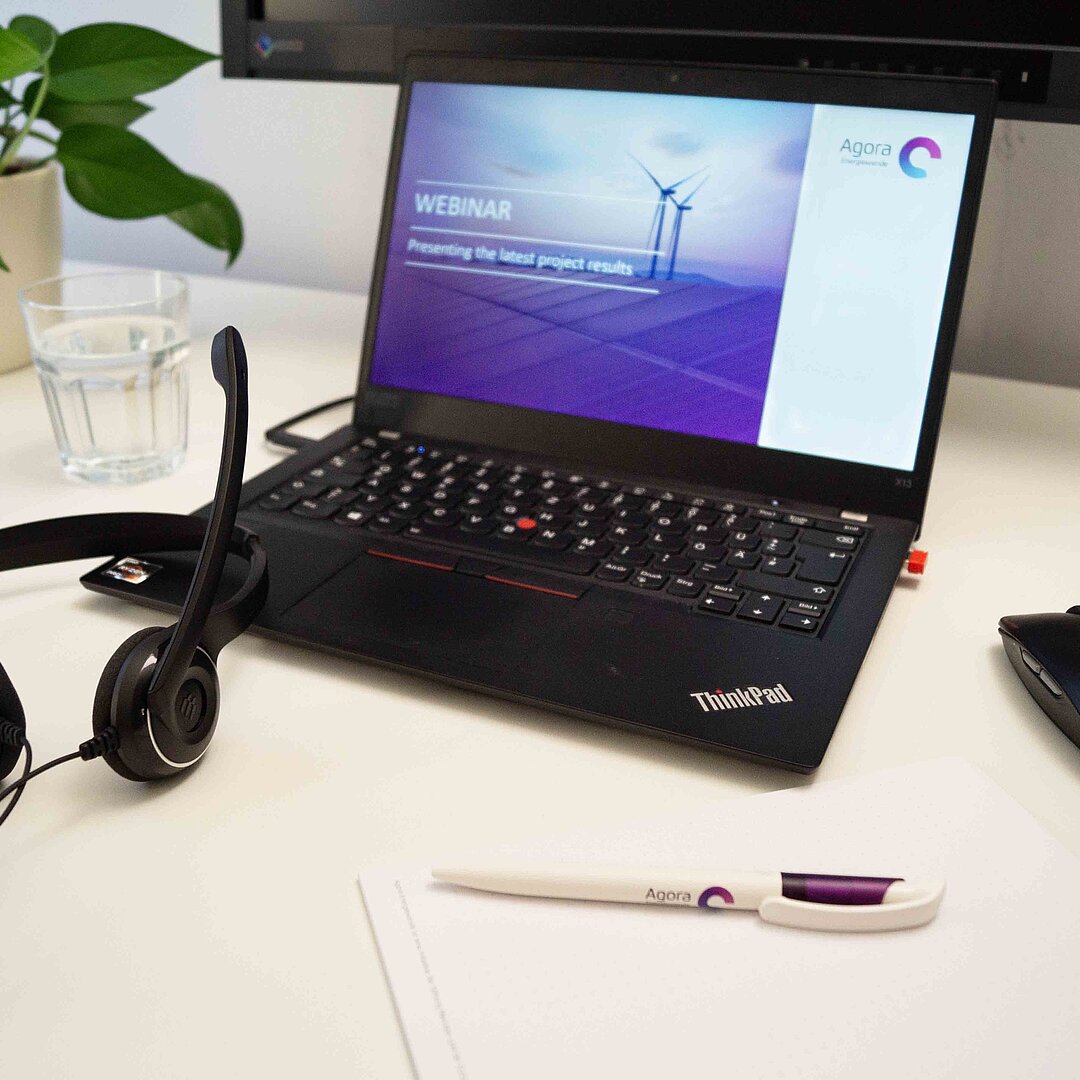-
Related
How flexibilities can help make Europe’s grid fit for net zero
Power grids are at the heart of Europe’s transition to climate neutrality. Using the existing grid capacity more efficiently helps maximise renewable energy potential and save money. The necessary tools to increase flexibility are available – to deploy them fast requires action from system operators, national regulators and EU governments.

As Europe ramps up renewable energy deployment and increasingly electrifies the economy, electricity production and demand are expected to double by 2050. A high number of additional generators and consumers will be connected to the power grid at the distribution level. This poses challenges to the existing infrastructure which was not built to handle such increased loads.
Increasing volumes of generation and demand will be connected to distribution grids by 2050
Agora Energiewende contracted the consultancy DNV to assess the challenges facing Europe’s power grids. Based on interviews with seven distribution system operators (DSOs) of different sizes and from different geographies, the study confirms that the grid is under increasing pressure which is slowing down the integration of additional renewable energy and the switch to electric applications. One of the main reasons are lacking regulatory and financing frameworks which are partly to blame for poor long-term planning at the DSO-level, leading to the insufficient deployment of the energy infrastructure.
These findings indicate an urgent need to act. In fact, the recently reformed EU rules on electricity market design establish new obligations for governments, regulators and system operators that aim at using existing grid capacity more efficiently. For example, the revised EU power market regulation obliges national regulatory authorities to regularly estimate flexibility needs as well as governments to develop indicative national objectives for non-fossil flexibility. It further requires transmission and distribution system operators to publish maps with available capacities for new, firm and flexible connections, and to enable flexible connection agreements. Furthermore, the European grid action plan tasks the EU’s energy regulator agency ACER to recommend best practices for the promotion of smart grids and network efficiency through tariff design. Implementing existing European measures is thus a key policy tool for boosting a more efficient use of the bloc’s energy infrastructure.
A more flexible use of existing grid capacity can bring significant savings
There are several technical solutions that can help to use the existing grid capacity more efficiently, thus reducing longer-term investments needs. A priority task for distribution system operators is to increase the real-time monitoring and controllability of their grid.
Flexibility on both the demand and the supply side offers huge potential to further enhance the efficient use of existing grid infrastructure by shifting demand to periods with more capacity and reducing supply during congested periods. This way, renewable energy infeed, electric cars, heat pumps, home storage systems or industrial applications can help maximise the potential for renewables deployment.
Dynamic non-firm connection agreements and dynamic time of use tariffs are among the most promising demand-response solutions in the short and medium term. Dynamic non-firm connection agreements are most relevant for electricity producers and large industrial consumers. Under such agreements, the system operator can limit the users’ connection in case of constraints or expected constraints. Dynamic time of use tariffs for their part incentivise using the grid when sufficient capacity is available by adjusting the tariff according to the level of available capacity.
Potential solutions for grid congestion
The crucial role of dynamic time of use (ToU) tariffs is confirmed by a recent Agora Energiewende study focussing on Germany. Based on quantitative modelling work, the study finds that the use of dynamic ToU grid tariffs can reduce grid expansion costs in the low voltage by around 50 percent compared to the case where flexibility only reacts to the market price signal. These significant financial savings also imply lower electricity costs for all consumers if dynamic time of use tariffs are widely used.
While currently not yet widely used, these two approaches are conceptually feasible. To mobilise flexibility and better use the grids, DSOs and national regulatory authorities should assess how they could be applied and tailored to specific needs and quickly scale up their use.
The tools are there, now it’s time to deploy them
Clean electricity is at the heart of Europe’s transition to climate neutrality. A climate-neutral power system will look different from the fossil-based system of the past. It will be decentralised and more flexible, with market signals playing an important coordinating role. Changes are needed at all levels, but particularly at the level of distribution grids that historically only focuses on the reliable supply of power from high-voltage grids to end consumers.
Our analysis and dialogues with stakeholders underline that the necessary technical and managerial tools for more decentralised and more flexible distribution level grids exist already today. This is good news. However, these tools also need to be deployed in practice, depending on the specific needs and circumstances. As outlined above, this requires action from governments, regulators and system operators.
Robust EU and national net-zero infrastructure strategies and network plans that address the central contribution of clean power systems are needed to efficiently guide investments throughout the energy transition. The national regulators should urgently refocus regulatory frameworks so that they incentivise the system operators to connect higher shares of renewables, accelerate electrification and accommodate flexible loads, and operate their grids in the most efficient way based on available technologies. At the same, system operators - in alignment with their regulatory authorities - also need to produce their own net-zero network plans, across electricity and fossil gas networks, to develop a robust framework for future investments. Finally, the European Commission has a role to play in working with key actors to develop guidance on enhancing power system flexibility at distribution level and support the sharing of best practices.

